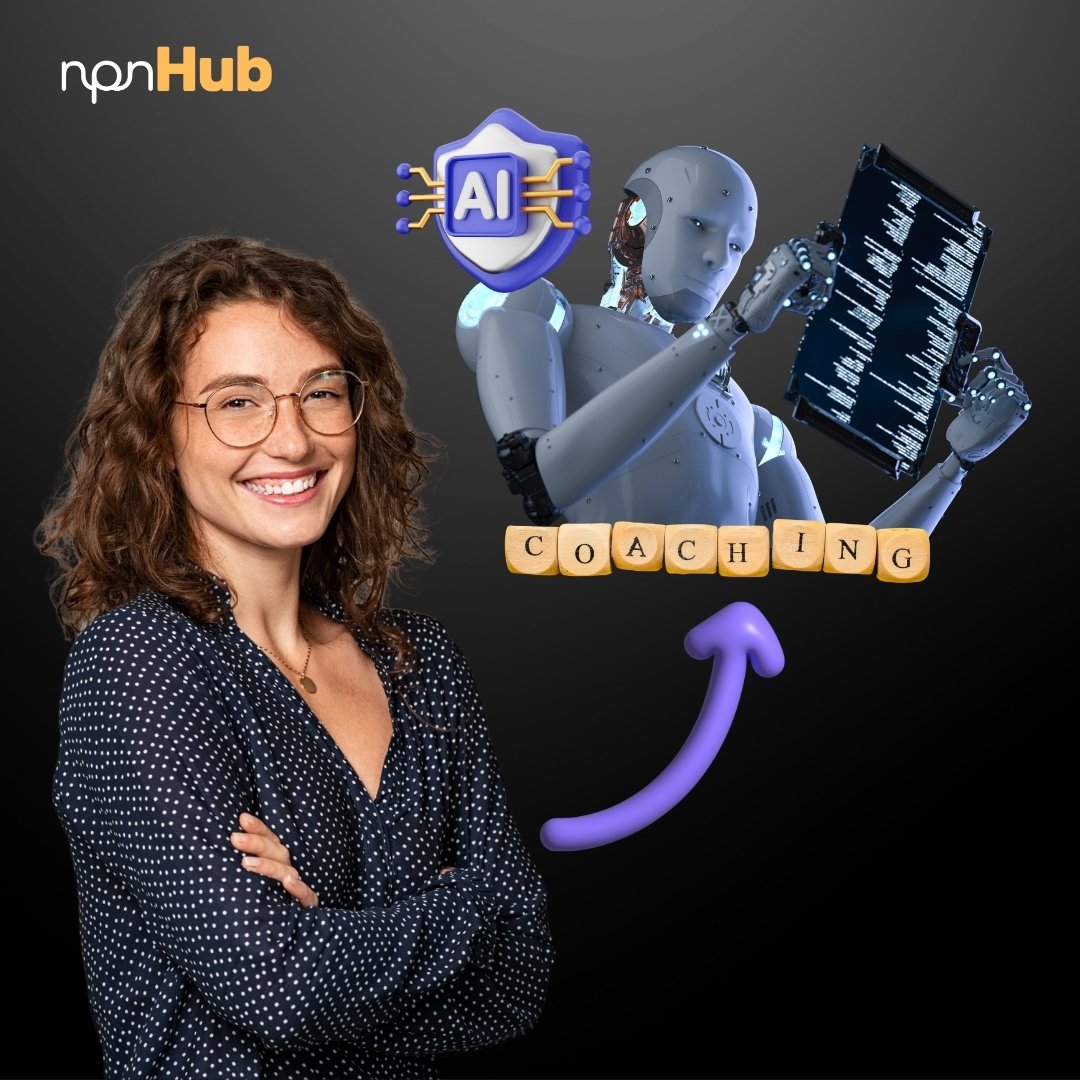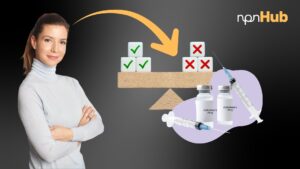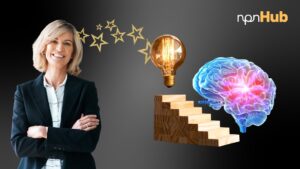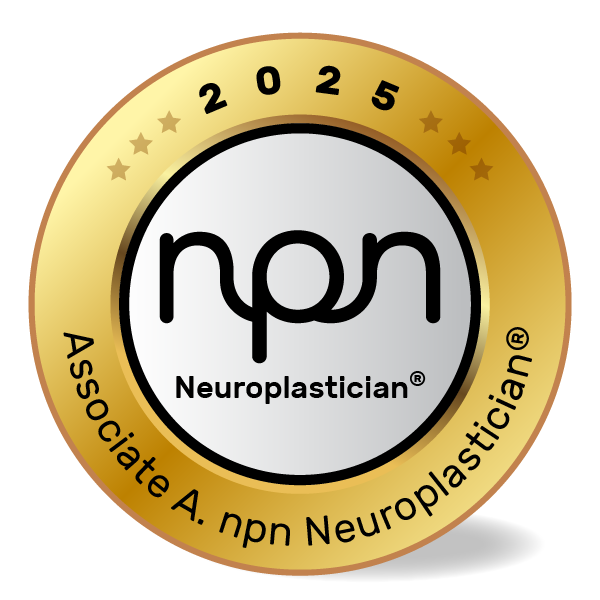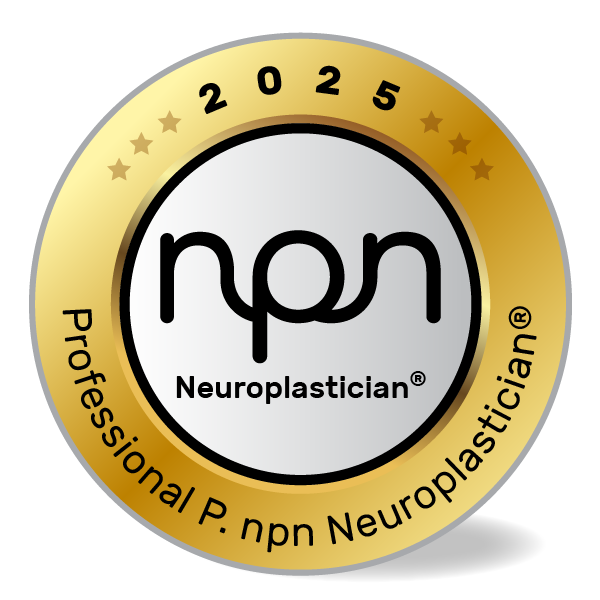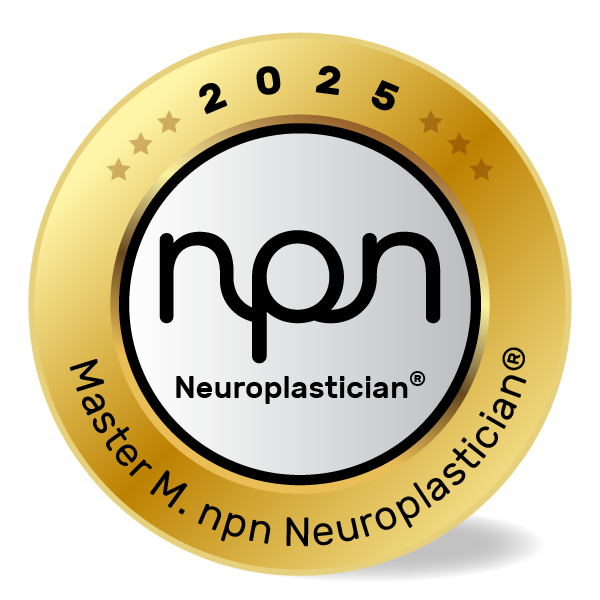How Artificial Intelligence Is Shaping the Next Evolution of Coaching, Neuroplasticity, and Human Development
npnHub Editorial Member: Sonja Vlaar curated this blog
Key Points
- AI coaching platforms are transforming brain-based coaching by scaling personalized interventions.
- Neuroscience reveals how AI can support neuroplasticity through precision learning and real-time feedback.
- Human-AI collaboration in coaching blends data-driven insights with emotional intelligence.
- Coaches, educators, and well-being professionals must upskill to integrate ethical, cognitive, and emotional dimensions with AI tools and neuroscience.
- Key brain regions activated in AI-supported learning include the prefrontal cortex, anterior cingulate cortex, and basal ganglia.
- Neuroplasticity research supports hybrid models of coaching that amplify learning, motivation, and habit change.
1. What is AI-Based Coaching?
Picture this: A well-being coach opens her laptop to review a session recorded by her client’s AI-supported coaching platform. The client has been using an app that tracks speech patterns, mood fluctuations, and behavior shifts – all while offering personalized micro-interventions between human-led sessions. Far from replacing her, the AI acts like a cognitive co-pilot – freeing the coach ánd the client to focus on deeper emotional work and strategic growth.
This isn’t a prediction for the distant future – it’s unfolding now.
AI coaching refers to digital systems that simulate or augment human coaching using machine learning, natural language processing, and behavioral neuroscience. These systems can offer tailored feedback, track patterns, and suggest strategies that align with a client’s neurocognitive profile.
Researchers are exploring how AI – at the contextual level of the use of smartphones – can support cognitive performance and emotional regulation through interaction design. While self-report data can be collected successfully in situations where it is difficult to obtain objective data, this may not be an appropriate measure when it comes to estimating smartphone use. Another research (Ward, A.F. et al ; 2017) tested the brain drain by the mere presence of one’s own smartphone and concluded that it reduces the availability of cognitive capacity. Although these AI devices have immense potential to improve welfare, their persistent presence may come at a cognitive cost when compared to self-reporting methods.
AI coaching is not about replacing the human coach. It’s about amplifying what the brain does best – learn, adapt, and grow – through powerful, personalized support systems.
2. The Neuroscience of AI in Coaching
At a neuroplasticity retreat, a facilitator notices her client’s quick turnaround in habit formation. The client had been working with an AI platform that suggested mindfulness practices at optimal stress points, using biometric feedback. Instead of manually monitoring behavior, the AI nudged the client toward adaptive choices in real time.
Neuroscience helps us understand why this works. The brain’s plasticity is enhanced when feedback is immediate, specific, and linked to intrinsic reward. AI platforms can deliver these exact conditions. Studies on real-time neurofeedback (like those conducted at MIT and Oxford) show that timely reinforcement activates dopaminergic pathways, particularly in the ventral tegmental area (VTA) and prefrontal cortex (source).
Furthermore, AI’s capacity to analyze behavioral data helps tailor interventions that target the anterior cingulate cortex (monitoring outcomes and detecting errors), the basal ganglia (habit loops), and the prefrontal cortex (executive control and reflection).
This brain-aligned precision supports behavior change more effectively than generic programs – because AI, when designed ethically, speaks the language of the brain: relevance, timing, and reward.
3. What Neuroscience Practitioners, Coaches, and Educators Should Know About AI-Based Coaching
During a session on executive function coaching, a facilitator notices their client improving time management dramatically. The secret? A hybrid protocol using AI to track calendar compliance and a coach to facilitate reflection on meaning and motivation.
For brain-based professionals, this evolving space for learning invites both curiosity and caution. AI tools are not inherently wise – they are powerful pattern detectors. They don’t understand emotion, but they can detect signs of dysregulation.
The integration of AI in coaching surfaces questions like:
- Can AI truly personalize interventions based on brain function?
- Will reliance on AI erode emotional attunement and intuition?
- How do we ensure coaching AI respects neurodivergent needs?
Many misconceptions persist. Some believe AI is inherently “cold” or incapable of nuance. Yet, studies based on theoretical conceptual frameworks about self-congruence, self-construal, and self-AI integration, propose that AI coaches can outperform human ones in initial engagement for some users, especially introverts or those with social anxiety (source).
The key lies in hybrid models: humans for empathy, AI for data. Neuroscience practitioners can learn to guide clients in interpreting AI insights, not just receiving them.
4. How AI Coaching Affects Neuroplasticity
AI coaching tools can significantly shape neural development by influencing behavior loops, habit strength, and learning pace. When a client receives consistent, tailored nudges – like a breathing reminder during stress or a learning module when motivation peaks – they’re reinforcing specific neural circuits.
Neuroplasticity depends on repetition, emotional salience, and timely reward. AI platforms, through predictive analytics, optimize all three. For example, an AI may learn that a client is most receptive to reflection prompts in the morning and delivers insights when cortisol and dopamine are naturally elevated – engaging the prefrontal cortex and hippocampus.
Dr. Michael Merzenich, a pioneer in neuroplasticity, highlights that targeted stimulation with feedback accelerates plastic changes (Merzenich, 2013). AI’s real-time responsiveness mimics this principle, enabling adaptive learning without overloading cognitive resources.
By harnessing these mechanisms, AI can help solidify new behaviors faster, making it a neuroplasticity partner – not a replacement for human connection, but an enhancer of neural growth.
5. Neuroscience-Backed Interventions to Improve AI Coaching Outcomes
Why Behavioral Interventions Matter
Despite its promise, AI coaching risks becoming rigid or misaligned if not supported by human critical reflection. Neuroscience practitioners must design practices that use AI as a tool, not a tutor. A cognitive coach, for example, might use an AI tracking app but guide the client in interpreting emotional data and aligning it with meaningful goals.
Here are five interventions you can implement immediately:
1. Behavioral Pattern Mapping
Concept: When something feels rewarding, the brain chemical dopamine is released, reinforcing the behavior that led to the reward. This dopaminergic reinforcement makes it more likely you repeat the behavior, they become automatic – that is, habits are strengthened. Habits are more likely to form and solidify when the brain gets a dopamine boost (e.g., a sense of success, pleasure, or relief), immediately after doing the behavior (tight loop), and when the reward is clearly linked to the action (relevant). In short: Dopaminergic reinforcement strengthens habits when the feedback loop is tight and relevant (Schultz, 1998).
Example: A well-being coach reviews weekly AI-tracked patterns of stress and energy cycles to align coaching goals.
Intervention:
- Use AI data to identify high- and low-energy times.
- Help clients align complex tasks with biological high-energy windows.
- Reinforce wins with reflection and reward discussions.
2. Emotion-Awareness Integration
Concept: Emotional regulation engages the anterior cingulate and insula, increasing self-awareness (Critchley et al., 2013).
Example: A coach guides a client to interpret mood patterns from an AI journaling app, linking them to decision quality.
Intervention:
- Introduce emotion-labeling tools within AI reflections.
- Discuss triggers and coping strategies during sessions.
- Revisit emotional patterns in review sessions.
3. Adaptive Goal-Setting Algorithms
Concept: Goal-directed behavior involves prefrontal cortex activation; dynamic AI adjustments optimize this loop (Miller & Cohen, 2001).
Example: An executive coach uses an AI platform that modifies weekly goals set with clients based on completion history and client feedback.
Intervention:
- Select AI platforms and tools that adjust goals with flexibility.
- Coach executives to actively co-create objectives with their team, rather than passively receiving goals or simply directing others.
- Emphasize self-efficacy and autonomy.
4. Neurodiversity-Aware Coaching Design
Concept: Different brain types respond to feedback, structure, and reward differently
Example: A neuroplastician customizes an AI tool for a client with ADHD, focusing on audio prompts instead of visual trackers to better align with the client’s strengths.
Intervention:
- Choose AI tools with customizable sensory input.
- Encourage experimentation with feedback styles.
6. Key Takeaways
The future of coaching is not about replacing humans with machines. It’s about blending AI’s precision with human empathy to catalyze transformation. Neuroscience shows us that the brain craves relevance, feedback, and safety – qualities both human and artificial coaches can deliver when guided by intention.
With the right mindset and framework, AI coaching becomes a partner in growth – not a dictator of behavior. The opportunity lies in co-designing coaching that is ethical, inclusive, and biologically informed.
🔹 AI amplifies coaching through personalized, real-time interventions that align with and support brain function that reinforce desired behaviours .
🔹 Neuroplasticity is enhanced by the use of adaptive, feedback-rich AI tools like AI for habit change.
🔹 Emotional attunement and ethics must guide every step of human-AI integration.
🔹 Hybrid coaching models offer the best outcomes: data meets compassion, strategy meets
soul.
7. References
- Merzenich, M. (2013). Soft-Wired: How the New Science of Brain Plasticity Can Change Your Life. Parnassus. https://lindagraham-mft.net/soft-wired-how-the-new-science-of-brain-plasticity-can-change-your-life/
- Critchley, H. D., Wiens, S., Rotshtein, P., Ohman, A., & Dolan, R. J. (2004). Neural systems supporting interoceptive awareness. Nature Neuroscience, 7(2), 189–195.https://www.nature.com/articles/nn1176
- Schultz, W. (1998). Predictive reward signal of dopamine neurons. Journal of Neurophysiology, 80(1), 1–27.https://journals.physiology.org/doi/full/10.1152/jn.1998.80.1.1
- Miller, E. K., & Cohen, J. D. (2001). An integrative theory of prefrontal cortex function. Annual Review of Neuroscience, 24, 167–202.https://pubmed.ncbi.nlm.nih.gov/11283309/
- Ward, A.F. et al ; 2017.Journal of the Association for Consumer Research https://www.journals.uchicago.edu/doi/full/10.1086/691462

